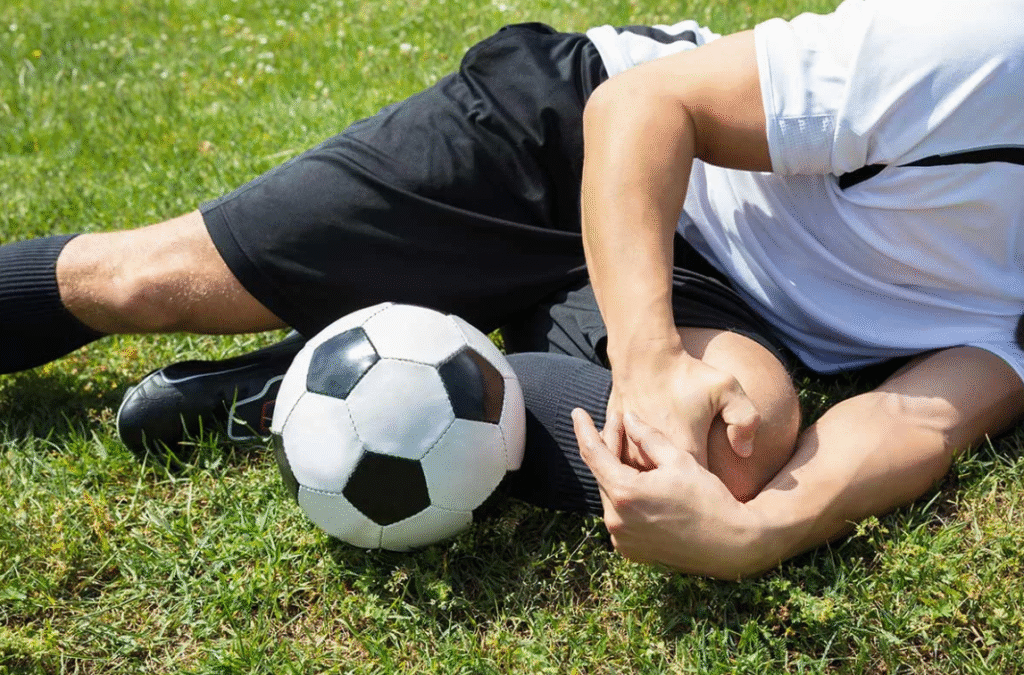In playgrounds, school fields, college tournaments, and even weekend amateur leagues across India, a quiet crisis is unfolding—an alarming surge in anterior cruciate ligament (ACL) injuries. Once seen primarily in elite athletes, ACL tears are now becoming increasingly common among teenagers and young adults, with orthopedic surgeons in major Indian cities reporting a sharp rise in reconstructive knee surgeries.
This epidemic has been fueled by multiple factors: a growing interest in competitive sports, inadequate sports infrastructure, poor training protocols, lack of awareness, and the use of artificial turf, which is becoming more common in urban play zones. Many young athletes are being pushed into high-intensity sports without adequate physical conditioning or supervision, and the result is often devastating.
ACL injuries are not just statistics—they represent lost seasons, emotional trauma, financial burdens, and, in many cases, the end of promising athletic dreams. While surgery and rehabilitation can help many athletes return to play, the journey is often long and mentally exhausting. For India, the surge in ACL injuries is not just a medical challenge—it’s a wake-up call for the nation’s sports ecosystem.
Why female athletes are at greater risk
One of the most troubling aspects of the ACL epidemic is how disproportionately it affects female athletes. Despite playing the same sports under the same rules, girls and women are far more likely to suffer ACL injuries than their male counterparts.
The reasons are both biological and structural. Female athletes tend to have a wider pelvis and different alignment of the knees, which places more stress on the ACL. Their ligaments may also become more lax during certain phases of the menstrual cycle, making them more vulnerable to injury. Additionally, female athletes often exhibit different movement patterns, such as landing from jumps with straighter knees or pivoting with less hip engagement—both of which increase ACL stress.
But the disparity doesn’t end with anatomy. In India and globally, female athletes often receive less access to proper training, coaching, and gear. Many sports shoes and protective gear are designed for male biomechanics, leaving girls and women with equipment that doesn’t suit their bodies. Add to that the mental pressures of being taken less seriously in sports, and it becomes clear that the higher injury rates are not just about biology—they’re about systemic inequality.
How injuries impact scholarships and sporting careers
For many young Indian athletes, sports are more than passion—they are a path to education, recognition, and even financial independence. With limited seats and high competition, athletic scholarships are a golden ticket for many to secure admission to top universities. For some, it’s a stepping stone to professional leagues or international play.
An ACL tear, however, can derail all of that. The typical recovery time from surgery is six months to a year, and for many students in India, this means missing out on a critical sports season or failing to meet eligibility requirements for team selection. In rural or under-resourced regions, an injury like this often means the end of a career before it truly begins.
Professional athletes are not spared either. The pressure to return quickly from injury can lead to re-tears or chronic instability. Contracts are lost, sponsorships withdrawn, and athletes often struggle to regain peak performance levels even after recovery. The economic and emotional toll of an ACL injury extends well beyond the hospital room, reshaping futures and rewriting dreams.
Prevention over cure: Are we doing enough?
ACL injuries are largely preventable. Internationally, injury prevention programs—often as simple as 15-minute warm-up routines—have dramatically reduced ACL tears in youth and professional athletes alike. These programs focus on neuromuscular training, balance drills, strengthening key muscle groups, and teaching athletes how to jump, land, and pivot safely.
In India, however, such programs are rare. In many schools and colleges, sports training is unstructured and unsupervised. Warm-ups and cool-downs are skipped. Coaches are often overburdened or undertrained, especially at the grassroots level. The result is that athletes go into high-risk play environments without the muscle control, flexibility, or awareness needed to avoid injury.
There’s also a widespread lack of education about injury prevention. Many athletes and their families see injuries as “bad luck” rather than a consequence of poor biomechanics or training habits. Without systemic changes, even the most talented young athletes remain vulnerable.

